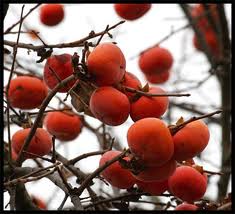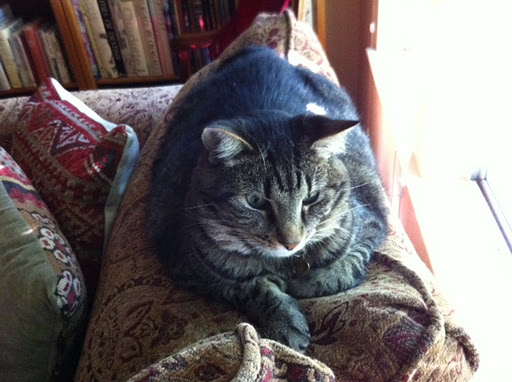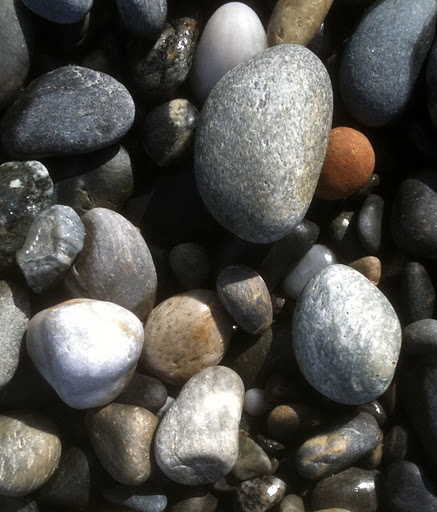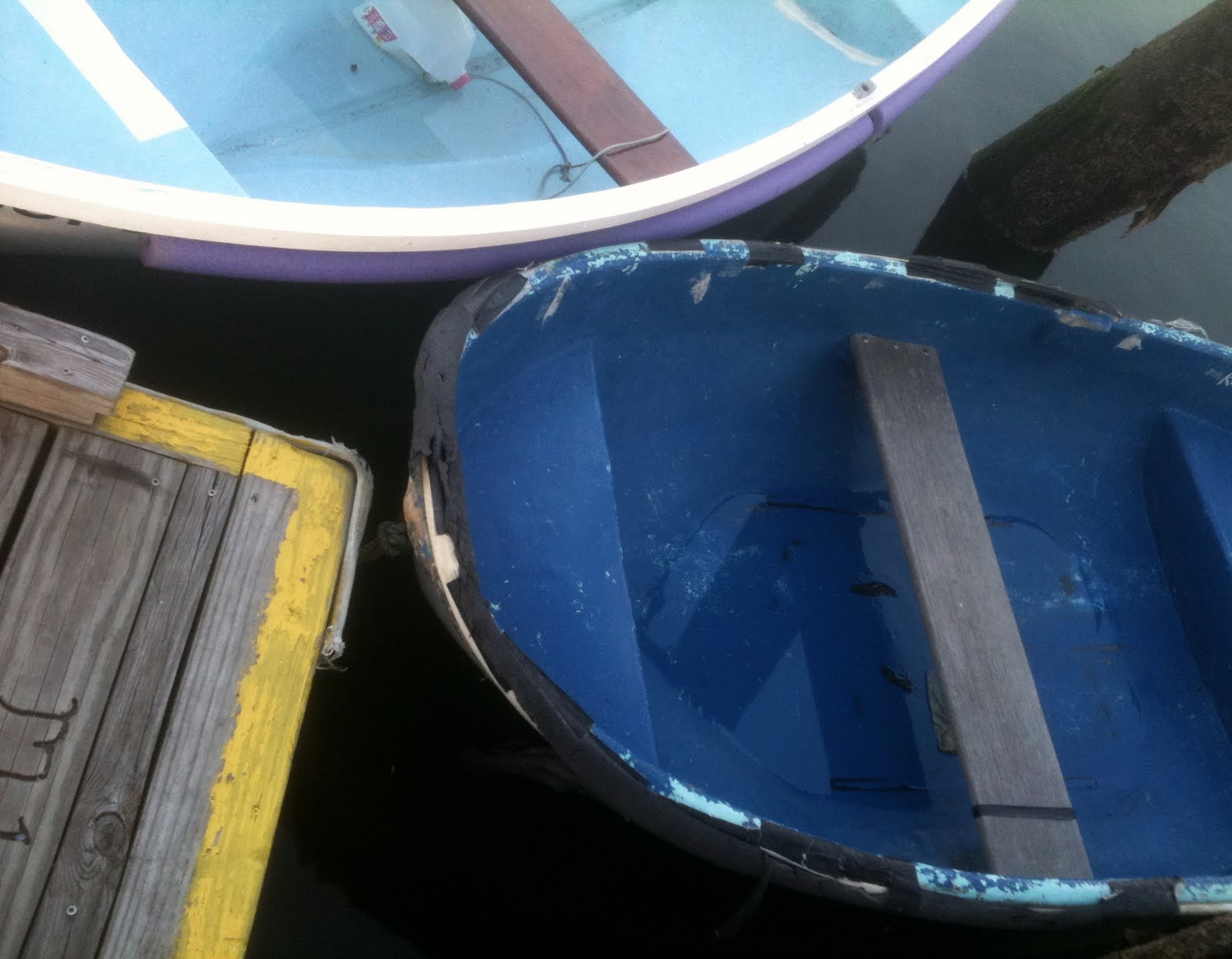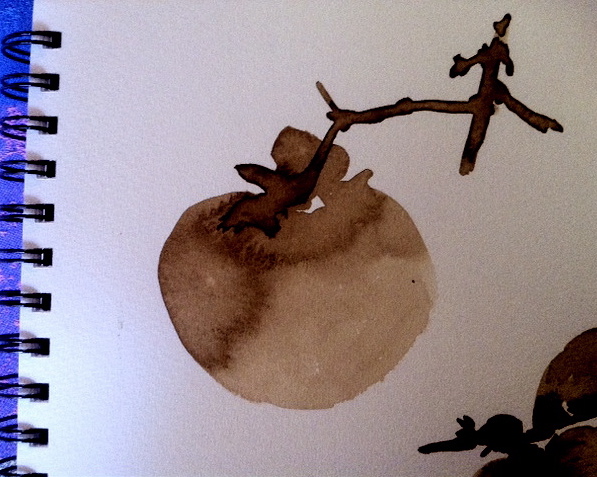 |
| ©2011, H. Hunter, Persimmon study, walnut ink on paper |
I began a new chapter of my life last week. Like many people pursuing a career, it's necessary sometimes to take matters into my own hands and sharpen my saw. For a while now, I've wanted to focus my attention on drawing--to begin as it were, a drawing practice. I decided to talk to my friend Stacey Vetter, botanical painter, illustrator and draftswoman extraordinaire. I'd taken a class with her a year ago through our local arts center and had loved it.
This time, I wanted to go a little further, so I asked her if she'd be open to a series of private lessons.
She asked what I'd like to focus on and I told her I wanted to reclaim my practice of journaling and use plants rather than words. And I wanted to turn the effort into a kind of meditation.
Stacey turned out to be my go-to-gal. I arrived at her studio to find a simple wooden table covered with a linen print cloth. On top of the cloth were placed a clutch of green persimmons. (They'll ripen steadily until December, when they'll hang on the tree like tiny orange globes, dangling miniature pumpkins.)
Next to the persimmons sat a flask of walnut ink which, Stacey explained, was created by a man named Tom Norton, in Cambridge, Massachusetts. He had formulated a lightfast ink resembling the ink of the old masters. At the time of Rembrandt, artists used real walnut ink which faded over time, becoming a lovely rich, dark umber that we see today. Now it's reinvented for all of us to use in perpetuity.
I discovered after just a short time, how similar the art of ink painting is to life. After explaining some possibilities, Stacey suggested that we start simply--and like any good builders, that we work on the foundation. (These were wise words, because already, as she spoke, I found myself lost in the crenellations of the persimmons' crown. )
l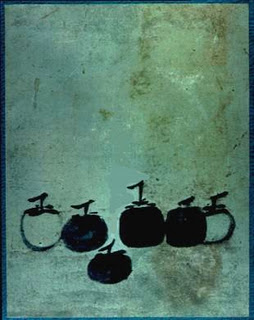 |
| Mu Qi, 13th century Chinese painter |
She gave me three instructions: Slow down and surrender, accept what the ink is going to do and keep it simple. I've been immersing myself in persimmons and pomegranates since then, fascinated by how difficult keeping it simple truly is.
Several days after my first lesson, Stacey sent me a link to the picture above, a gorgeous study of persimmons by the 13th century Chinese master, MuQi. She also included this quote:

